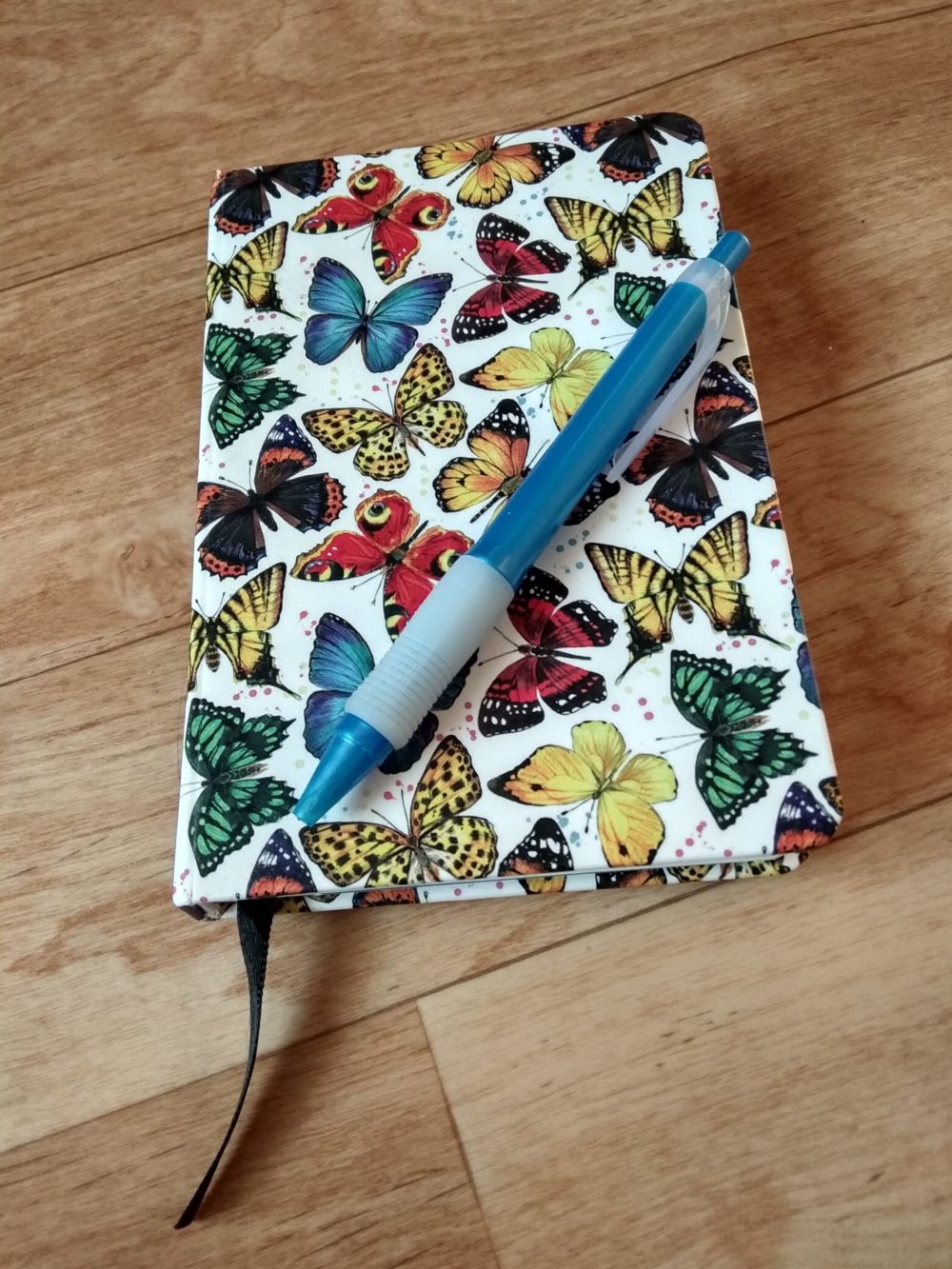
Háčky a čárky v češtině aneb “Is all the little rubbish on the top really important?!“
(FOR ENGLISH SCROLL DOWN)
Co budeme potřebovat:
- vaši oblíbenou tužku
- barevnou tužku na opravu
- vytištěný pracovní list
- telefon k přehrání cvičení
- asi 30 minut času
Můj tip: doporučuji pořídit si speciální šanon, kam si můžete cvičení zakládat
- udržíte si tak pořádek v poznámkách
- budete se k nim moci kdykoliv pohodlně vracet
- rychleji najdete jazykový jev, který momentálně potřebujete
- uvidíte progres (není na škodu si cvičení datovat)
Kdo z nás si tuto otázku ve svých začátcích s češtinou alespoň jednou v duchu nekladl? Název tohoto článku vychází z přímé citace jednoho z mých studentů, který měl dost odvahy zeptat se nahlas. A já se dnes pokusím jeho dotaz zodpovědět. Jak jste si jistě všimli při prvním kontaktu s psanou češtinou, česká abeceda disponuje několika diakritickými znaménky a na začátku může být trochu matoucí, k čemu které z nich slouží. Začneme tedy tím, že si je v rychlosti připomeneme:
čárka (nad á,é,í,ó,ú,ý)
- může být pouze nad samohláskami, souhlásky v češtině čárku nemají
- čárka prodlužuje délku
- neznamená přízvuk, ve slově může být několik čárek
kroužek (pouze nad ů)
- plní stejnou funkci jako čárka, prodlužuje u
háček (nad ž, š, č, ř, ď, ť, ň, ě)
- změkčuje písmeno
- odlišuje od sebe dvě podobná písmena např. C-č, z-ž….
Při psaní rukou je diakritika technicky nenáročná.
Při psaní na počítači potřebuji nainstalovat českou klávesnici. Ano, uvědomuji si, o co vás teď žádám. Vím, že pro mnohé z vás to bude velký výstup z komfortní zóny, protože nejčastější výmluva, proč nemůžu psát česky je, že nemám přece českou klávesnici. A druhá nejčastější „i kdybych ji měl/a, tak neznám rozložení“ 😉 Pokud to ale s češtinou myslíte vážně a jelikož čtete tento článek, tak věřím, že myslíte, přišel čas si českou klávesnici nainstalovat. Doporučuji využít i funkci „zobrazit rozložení“, která vám v začátcích usnadní orientaci na klávesnici.
Teď máme za sebou teorii a nyní se můžeme pustit do praxe. Co se naučíme dneska? Připravila jsem pro vás krátké cvičení na diakritiku v češtině. Cvičení je středně obtížné, vhodné i pro začátečníky. Můžete se otestovat, jak na tom s diakritikou jste, a podle toho postupovat dál.
K čemu potřebuji diakritiku:
- abych si správně uměl/a zapsat slovo
- abych ho uměl/a správně vyslovovat
- abych si uvědomil/a některá pravidla v české gramatice a výslovnosti
Pro koho jsou cvičení vhodná:
– pro všechny úrovně
Jak se cvičením efektivně pracovat:
Práce s pracovním listem:
Příprava:
1. Připomenu si základní pravidla, jaká písmena mohou mít háček/čárku/kroužek (viz úvod článku, u pokročilejších v hlavě)
2. Stáhnu si pracovní list a vytisknu si ho
3. Zkusím si nejprve cvičení přečíst sám/sama nahlas
Práce s nahrávkou: (pod článkem)
Každé cvičení uslyšíte dvakrát
- Nejprve si poslechnu jednou cvičení (nic nedoplňuji)
- Poslechnu si cvičení podruhé a doplním diakritiku (stejný postup zopakuju i s ostatními cvičeními)
- Ještě jednou si poslechnu celou nahrávku
Práce s klíčem:
- Stáhnu si klíč pod nahrávkou
- Vezmu si barevnou tužku a opravím celé cvičení podle klíče:
– doplním háčky/čárky přímo do cvičení, v případě, že tam již nemám místo, opíšu si slova a barevně vyznačím diakritiku pod text
- Vyhledám si všechna slova, která jsou pro mě nová a napíšu si pod cvičení jejich význam
- Barevně opravené cvičení si ještě jednou poslechnu
- Na závěr ho přečtu sám/sama nahlas nebo zároveň s nahrávkou
Ke cvičení se doporučuji vrátit druhý den nebo za několik dní a znovu si přečíst/projít slova, ve které jsem udělal(a) chybu. Popř. si můžu vyzkoušet s odstupem napsat udělat cvičení znovu.
Pro koho je doplňování diakritiky příliš jednoduché a je si v ní jistý, může si zkusit napsat cvičení opět jako diktát a podle klíče si ho opravit.
Cvičení na diakritiku pro vás budu tvořit pravidelně, takže po pár lekcích získáte přehled o tom, jak na tom jste, jaká slova vám dělají problémy a vytvoříte si nový studijní materiál.
Máte otázky nebo chcete sdílet vaše zkušenosti s diktátem? Přidejte se do naší uzavřené FB skupiny Tady
Hooks and accents in Czech – “Is all the little rubbish on the top really important?!“
What you will need:
- Your favourite pen
- A coloured pencil for correction
- Something to write on
- Phone or computer to play recording
- About 30 minutes of time
My tips: I recommend keeping a special notebook or folder where you can keep your notes:
- Be sure to keep your notes neat and concise so that they are easy to read & review
- Keep them handy so that you can use them easily at your convenience
- Date & title your notes so that you can track progress and to help assist in making it easier to add relevant notes in the future
It is not uncommon when someone first looks at the Czech language for them to question the importance of all these interesting symbols above the letters and wonder “what on Earth am I reading?” O_o Today, I will do my best to answer his question. As you probably noticed during your first encounter with written Czech, the Czech alphabet has several diacritical marks and at the beginning it can be a bit confusing what each of them is for. So here is a quick rundown of what all this “rubbish” really means:
The “Accent”/ “Čarka” (above á, é, í, ó, ú, ý)
– it can only be used with vowels, consonants in Czech do not have accents
– the accent makes a vowel longer; it does not mean a stress as
there can be several accents in a word
The “Ring”/ “Kroužek” (only above u)
– performs the same function as an accent, and gives“u” a longer sound
The “Hook”/ “Haček” (above ž, š, č, ř, ď, ť, ň, ě)
– softens the letter
– distinguishes two similar letters, e.g. C-č, z-ž ….
When writing by hand, diacritics are technically not difficult. When typing on a computer, you will need to install a Czech keyboard, but this is nothing extravagant, costly, or time consuming to do. Yes, I realize what I am asking you to do and I know that for many of you it will be the grand exit from your comfort zone, because the most common excuse for not being able to type in Czech is “but I don’t have a Czech keyboard and I type the correct accent marks”, which this is usually followed by the second most common excuse of „even if I had a Czech keyboard, I do not know the layout“. But trust me, this is not difficult to learn and with practice it will become second nature 😉 So, if you are serious about learning Czech, and since you are reading this article then I believe you are, then it’s time to install the Czech keyboard.
Now that we have the techy stuff behind us, let us get started with practicing some Czech 😀 What will we learn today? Today I have prepared a short exercise on diacritics in Czech for you. This exercise is suitable for all levels. You can test how you’re doing with diacritics and this will help you to evaluate your knowledge and where to focus on moving forward.
Why to work on diacritics?:
– To spell a word correctly,
so that you can pronounce it correctly
– To begin to establish some basic rules about Czech grammar and pronunciation
Who are the exercises suitable for?:
– All
How to work effectively with the exercise:
Working with a worksheet:
Preparation:
1. Remind yourself of the basic rules related to letters with hooks, accents, and ring- reference the introduction of the article, and for more advanced students – check notes in your head 😉
2. Download the worksheet and print it out
3. First try to read the exercises aloud on your own
Working with the recording:
You will here each exercise twice
1. First listen to the whole exercise once (don’t write anything)
2. Then listen to the exercise and write diacritics (do the same with other exercises)
3. Next listen to the whole recording one more time
Working with a key:
1. Download the key under the recording
2. Take a coloured pencil and correct the whole exercise according to the text:
– add hooks / accents directly to the exercise, if you do not have enough space to do so within the exercise, then write down the words and mark the accents using the coloured pencil below the text
3. Look up all the words that are new to you and write their meaning under the exercise
4. Listen to the colour-corrected exercise once again5. Finally, read it aloud or at the same time with the recording
I recommend going back to the dictation the next day or in a few days to review and go through the words that you made mistakes on or that were more difficult for you. It would also be a good habit to attempt to write the dictation again a few days later.
For those who find that diacritics are too easy to complete, they try to write the exercise again as a dictation and correct it according to the key.
I will create this type of exercise for you on a regular basis, so after a few lessons you will get an overview of how you are doing and what words/sounds/letters are causing you the most difficulty, and this will help you to create new study material.
Do you have questions or want to share your experience with dictation? Join our closed FB group Here




